Letter of Recommendation Template for UK
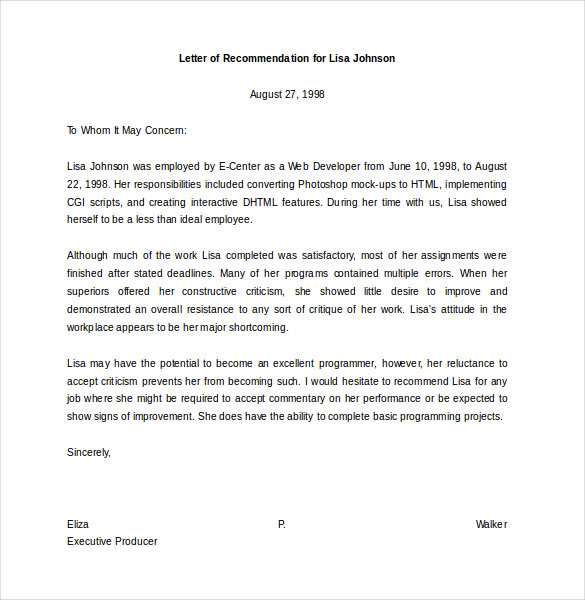
htmlEdit
When it comes to supporting an individual’s application, a well-written reference can make a significant difference. Whether it’s for a job, university, or any other professional opportunity, providing a detailed endorsement can highlight the qualities and achievements of the candidate in a compelling way. This document serves as a testament to their skills, character, and potential, and when done right, it can set them apart from others.
In order to ensure that the endorsement is both effective and persuasive, it’s important to structure it clearly and focus on the key aspects that employers or institutions care about. The format should not only reflect professionalism but also offer insights into the individual’s strengths and how they align with the role or program in question.
By following a specific approach and paying attention to the nuances of tone and content, the reference can leave a lasting impression. Crafting such a piece requires an understanding of the purpose behind it, as well as the ability to present the person in the best possible light, while maintaining authenticity.
htmlEdit
How to Structure a Supportive Endorsement
When composing a supportive endorsement, clarity and precision are paramount. The structure should follow a logical flow, providing essential details about the candidate’s strengths, abilities, and achievements. By breaking down the content into distinct sections, the writer can ensure that each element is addressed effectively, creating a cohesive and persuasive endorsement.
Opening Remarks and Introduction
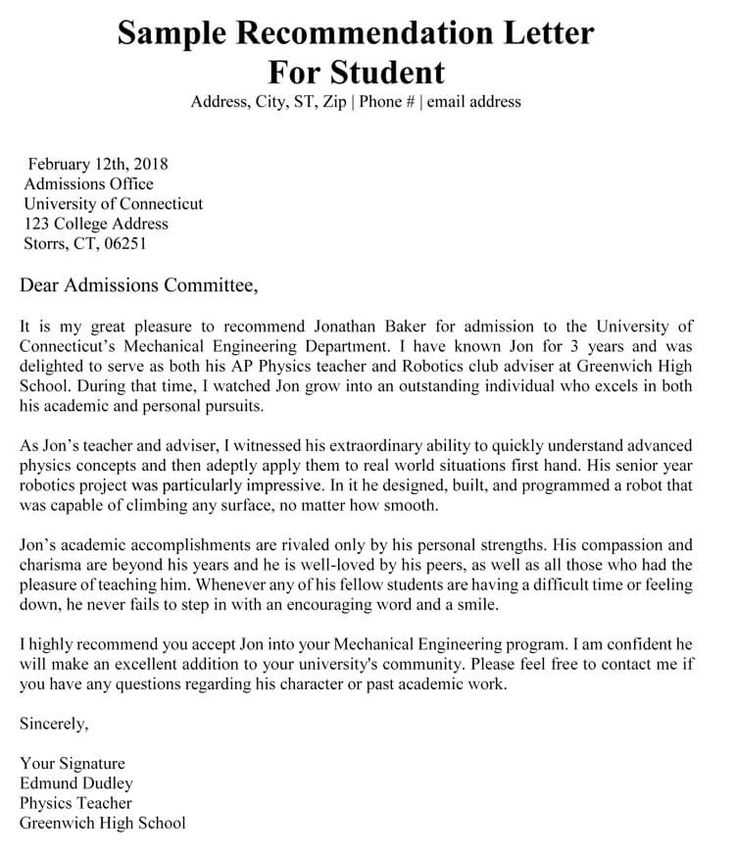
The opening should briefly introduce the relationship between the endorser and the candidate. It’s important to state how long they have known each other and in what capacity, offering context for the upcoming evaluation. A clear, concise introduction sets the tone and establishes credibility.
Supporting Evidence and Key Strengths
Following the introduction, it’s essential to highlight the candidate’s qualifications, skills, and character. This section should provide specific examples of how the individual has demonstrated their capabilities in real-world situations. Describing achievements, work ethic, and personal qualities helps paint a full picture of their potential.
| Section | Description |
|---|---|
| Introduction | Establish the relationship and provide context for the endorsement. |
| Key Strengths | Provide concrete examples of the candidate’s achievements and character. |
| Conclusion | Summarize the endorsement and provide a final statement of support. |
Finally, the conclusion should reiterate the writer’s strong support for the candidate, offering a clear recommendation. It’s helpful to emphasize why the candidate would excel in the desired position or program. A strong closing ensures the endorsement leaves a lasting impression.
htmlEdit
Key Components of an Effective Reference
An impactful endorsement is built upon several crucial elements that collectively strengthen the message. Each part plays a specific role in highlighting the candidate’s qualifications and suitability for the position or opportunity. By ensuring that all the necessary components are included and well-crafted, the writer can make a compelling case for the individual being endorsed.
Introduction and Context – The first step is establishing the context of the relationship between the writer and the candidate. This helps readers understand the basis of the evaluation. The reference should include how long the writer has known the individual and in what capacity, ensuring credibility from the outset.
Specific Examples and Achievements – The heart of any effective reference lies in demonstrating the candidate’s strengths through concrete examples. This could include professional accomplishments, key skills, or personal traits that make the individual stand out. Detailing these attributes helps the reader form a clear picture of the candidate’s capabilities and potential.
Overall Impression and Support – A strong closing statement that summarizes the writer’s opinion of the candidate is essential. This section should reaffirm the writer’s full support for the individual and highlight why they are an excellent fit for the desired role or program. A confident, well-expressed conclusion can significantly impact the reader’s perception.
htmlEdit
Tailoring the Endorsement for Specific Roles
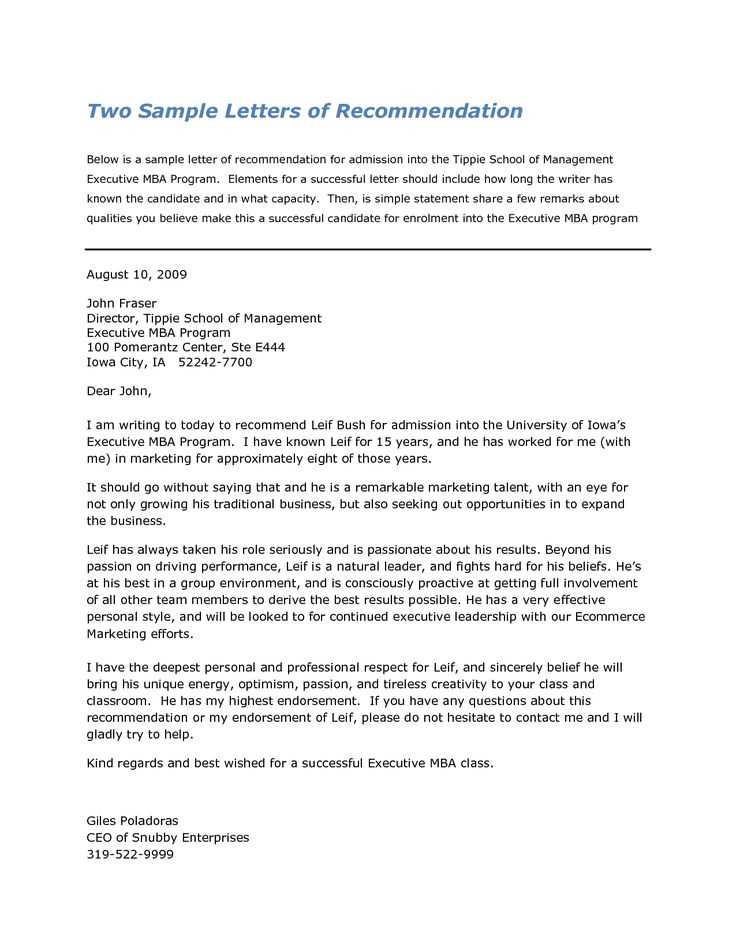
When crafting an endorsement, it’s essential to adjust the content to align with the particular requirements of the role or opportunity in question. A generic reference may not effectively highlight the candidate’s suitability for a specific position. By customizing the details, the writer can focus on the qualities and experiences most relevant to the position, increasing the likelihood of the candidate’s success.
Start by understanding the key skills and attributes required for the role. Whether the position demands strong leadership, technical expertise, or creativity, the endorsement should emphasize how the candidate possesses these qualities. Use relevant examples from their experience to illustrate how they meet these specific expectations.
It’s also beneficial to consider the organization or institution the candidate is applying to. Tailoring the tone and emphasis of the endorsement based on the culture and values of the target organization can make the reference more impactful. Demonstrating that the candidate is a perfect fit for both the role and the environment can strengthen the endorsement significantly.
htmlEdit
Common Mistakes to Avoid in Recommendations
Creating a strong and effective endorsement requires attention to detail and a thoughtful approach. However, there are several common errors that can undermine the impact of the reference. Avoiding these pitfalls ensures the document presents the candidate in the best light and increases the chances of success.
Overgeneralizing or Being Too Vague
One of the most frequent mistakes is being too broad or generic in describing the candidate. A reference that lacks specific examples or clear details can come across as insincere or unhelpful. It’s important to focus on tangible achievements and personal qualities that directly relate to the role or opportunity.
- Provide concrete examples to support claims.
- Avoid clichés or generic phrases like “hardworking” or “good team player” without elaboration.
- Be specific about the candidate’s contributions and skills.
Exaggeration or False Information
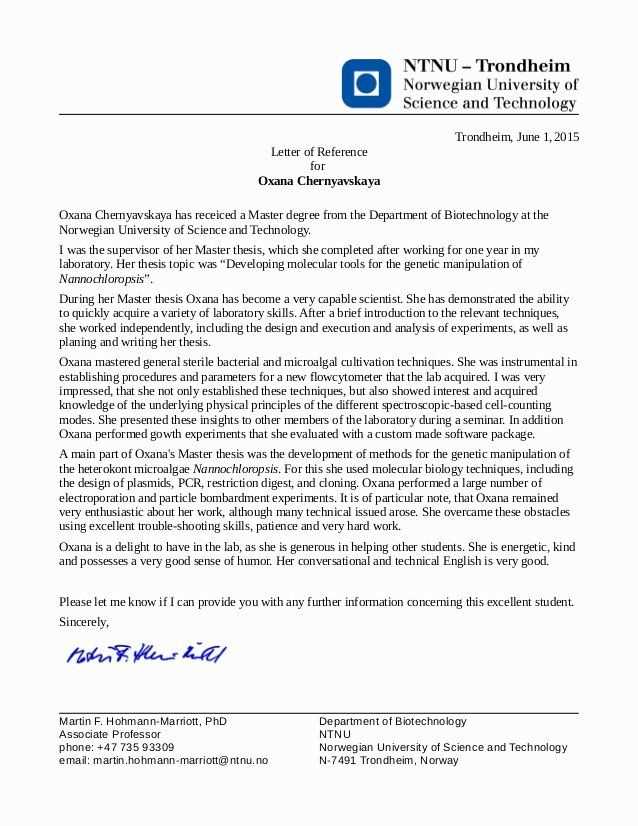
While it’s essential to highlight the strengths of the individual, overstating their abilities or providing inaccurate information can backfire. Employers and institutions value honesty, and any inconsistencies can be easily spotted, potentially harming the candidate’s chances.
- Stick to verifiable facts and examples.
- Avoid inflating achievements or making claims that can’t be supported.
- Ensure that every statement reflects the candidate’s true capabilities.
By focusing on specific, truthful, and relevant information, the endorsement will be more effective and impactful, helping the candidate stand out for all the right reasons.
htmlEdit
Format and Length Guidelines for Endorsements
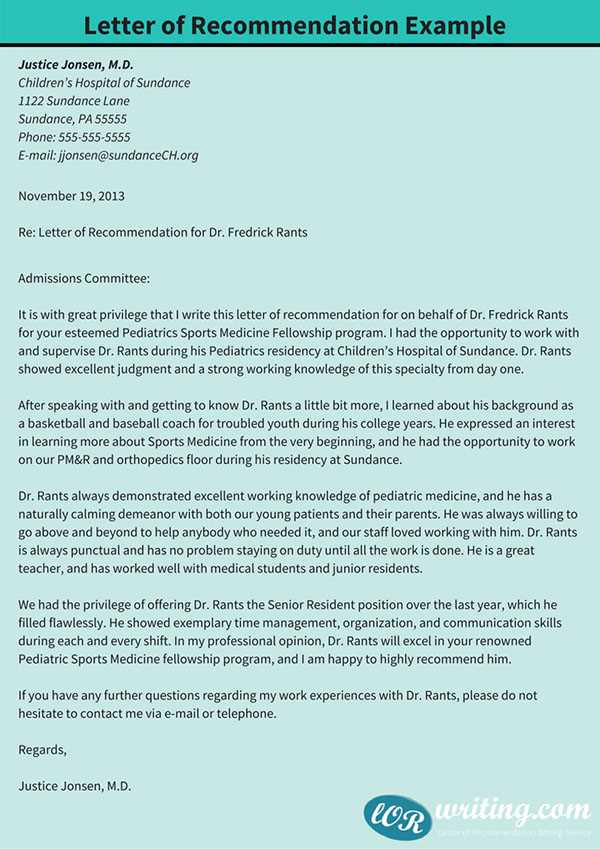
When preparing a professional endorsement, following specific formatting and length guidelines is crucial for ensuring clarity and effectiveness. A well-structured document helps convey the necessary information in a way that is both concise and impactful. Adhering to these guidelines can make a significant difference in how the endorsement is received.
Recommended Format
The structure of the endorsement should be clean and organized, allowing the reader to easily follow the key points. A few basic formatting elements will help the document appear professional and easy to read:
- Use a standard, professional font like Arial or Times New Roman.
- Maintain a consistent font size (typically 10–12 points).
- Ensure proper spacing between paragraphs to avoid a cluttered appearance.
- Align the text to the left and use standard margins (1 inch on all sides).
- Include a clear, formal salutation at the beginning and a closing statement at the end.
Length Considerations
The ideal length for an endorsement depends on the purpose, but brevity and precision are key. Too long a document may cause the reader to lose interest, while too short a one might miss essential details. Here are some guidelines for an appropriate length:
- A typical endorsement should be between 1 and 1.5 pages long.
- Avoid overly lengthy descriptions or unnecessary details that don’t directly support the candidate’s suitability.
- Focus on quality over quantity–highlight the most relevant examples and skills without repetition.
By maintaining a clear structure and adhering to a reasonable length, the endorsement can effectively showcase the candidate’s strengths without overwhelming the reader.
htmlEdit
Format and Length Guidelines for Endorsements
When preparing a professional endorsement, following specific formatting and length guidelines is crucial for ensuring clarity and effectiveness. A well-structured document helps convey the necessary information in a way that is both concise and impactful. Adhering to these guidelines can make a significant difference in how the endorsement is received.
Recommended Format
The structure of the endorsement should be clean and organized, allowing the reader to easily follow the key points. A few basic formatting elements will help the document appear professional and easy to read:
- Use a standard, professional font like Arial or Times New Roman.
- Maintain a consistent font size (typically 10–12 points).
- Ensure proper spacing between paragraphs to avoid a cluttered appearance.
- Align the text to the left and use standard margins (1 inch on all sides).
- Include a clear, formal salutation at the beginning and a closing statement at the end.
Length Considerations
The ideal length for an endorsement depends on the purpose, but brevity and precision are key. Too long a document may cause the reader to lose interest, while too short a one might miss essential details. Here are some guidelines for an appropriate length:
- A typical endorsement should be between 1 and 1.5 pages long.
- Avoid overly lengthy descriptions or unnecessary details that don’t directly support the candidate’s suitability.
- Focus on quality over quantity–highlight the most relevant examples and skills without repetition.
By maintaining a clear structure and adhering to a reasonable length, the endorsement can effectively showcase the candidate’s strengths without overwhelming the reader.
htmlEdit
Legal Considerations and Ethical Practices
When providing a professional endorsement, it’s important to be aware of both legal and ethical guidelines that govern the process. Not only does this ensure that the endorsement is credible and truthful, but it also protects both the writer and the candidate from any potential legal repercussions. Upholding these principles is essential for maintaining the integrity of the endorsement and fostering trust between all parties involved.
Honesty and Accuracy
One of the most important ethical practices is ensuring that all information provided in the endorsement is accurate and truthful. Providing false information, whether intentionally or due to oversight, can lead to serious consequences for both the writer and the individual being endorsed. It’s critical to focus on verifiable facts and avoid exaggerating achievements or skills. Being transparent about the candidate’s strengths and areas for improvement also adds credibility to the endorsement.
Confidentiality and Consent
Another key consideration is the issue of confidentiality. It’s essential to have the candidate’s consent before writing or submitting the endorsement. This ensures that they are fully aware of what is being shared and how it may impact their professional prospects. Additionally, sensitive personal information should be handled with care, and it’s best to avoid disclosing details that are irrelevant to the endorsement or that could compromise the candidate’s privacy.
By adhering to legal and ethical practices, the endorsement not only serves its intended purpose but also reinforces professional integrity and respect for the candidate’s privacy and rights.